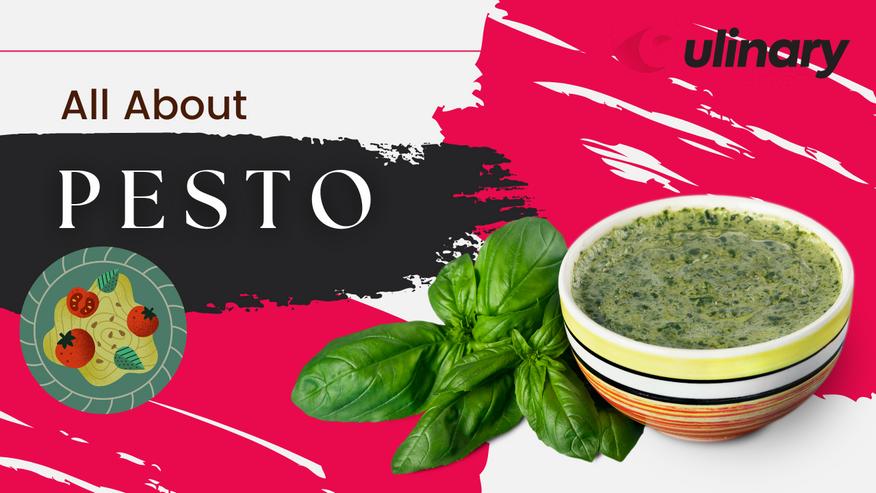Dec 10th 2022 - Monica Cunanan
What Is Pesto and What Is It For?
Pesto is one of life's simplest pleasures. It's hard to imagine anything bad about the vibrant green sauces with the freshest tastes imaginable. Read on to find out everything you should be aware of when cooking, making, and enjoying pesto:
What Is Pesto?
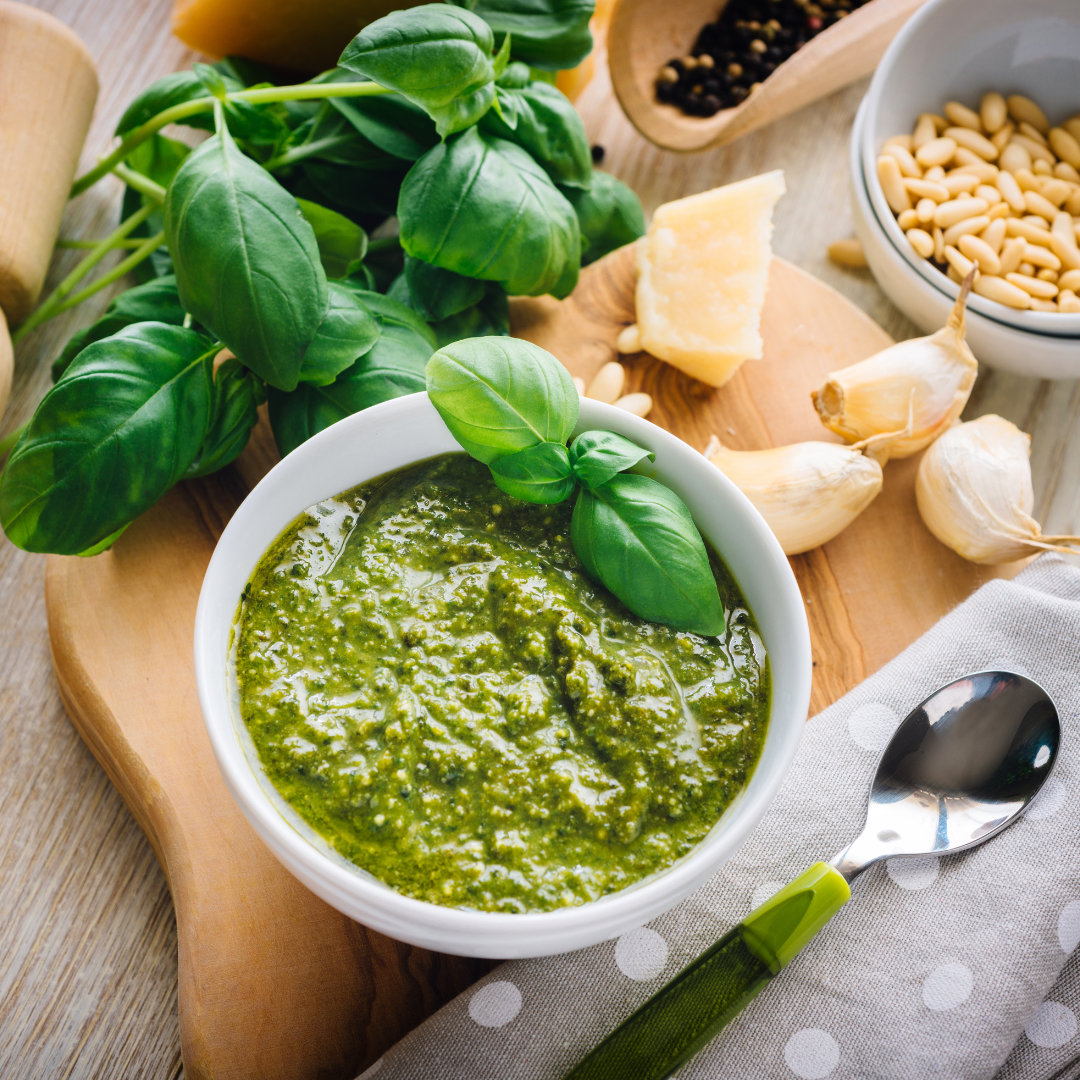
Also known as pesto alla Genovese, this basil-based sauce originated in Genoa Liguria, Italy. It is usually made with fresh herbs, cloves garlic, pine nuts (or walnuts), olive oil, coarse salt, Parmesan (or another kind of hard Italian cheese), and sometimes anchovies. The word "pesto" refers to anything made by pounding but you can prepare it by using a mortar and pestle or a blender or a food processor.
Pesto Flavor
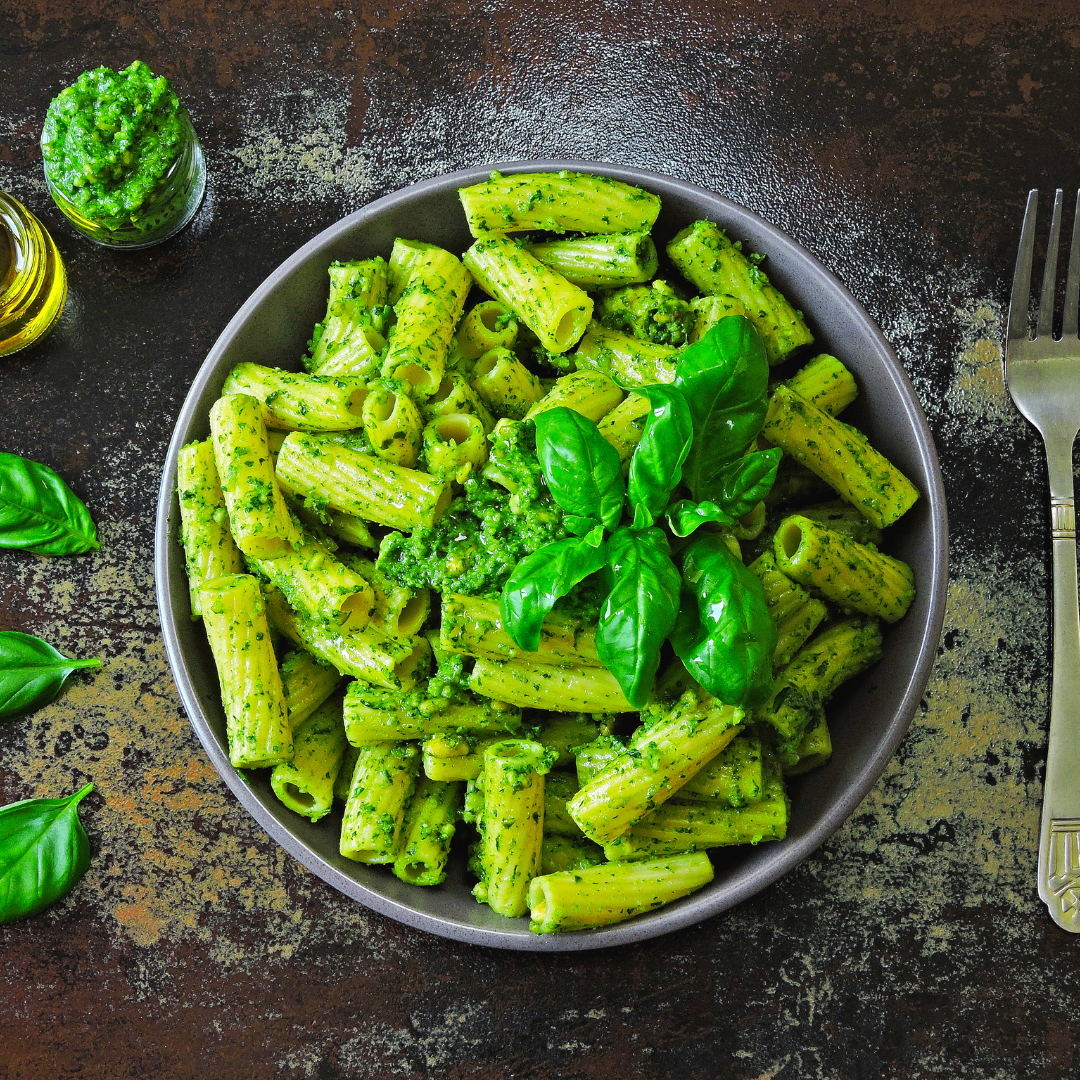
Classic pestos are thick, green sauces made with fresh, aromatic herbs and cheese. They taste bright and herb-like from the basil, and teaspoon salt and are rich from the cheese and pine nuts. It has a garlic flavor, with pleasant grassiness coming from good quality extra virgin organic oils. You can round out the bite from the raw onion by adding heat, for example when cooking pasta, meat, or vegetables.
Types of Italian Pesto
There are other kinds of pesto including:
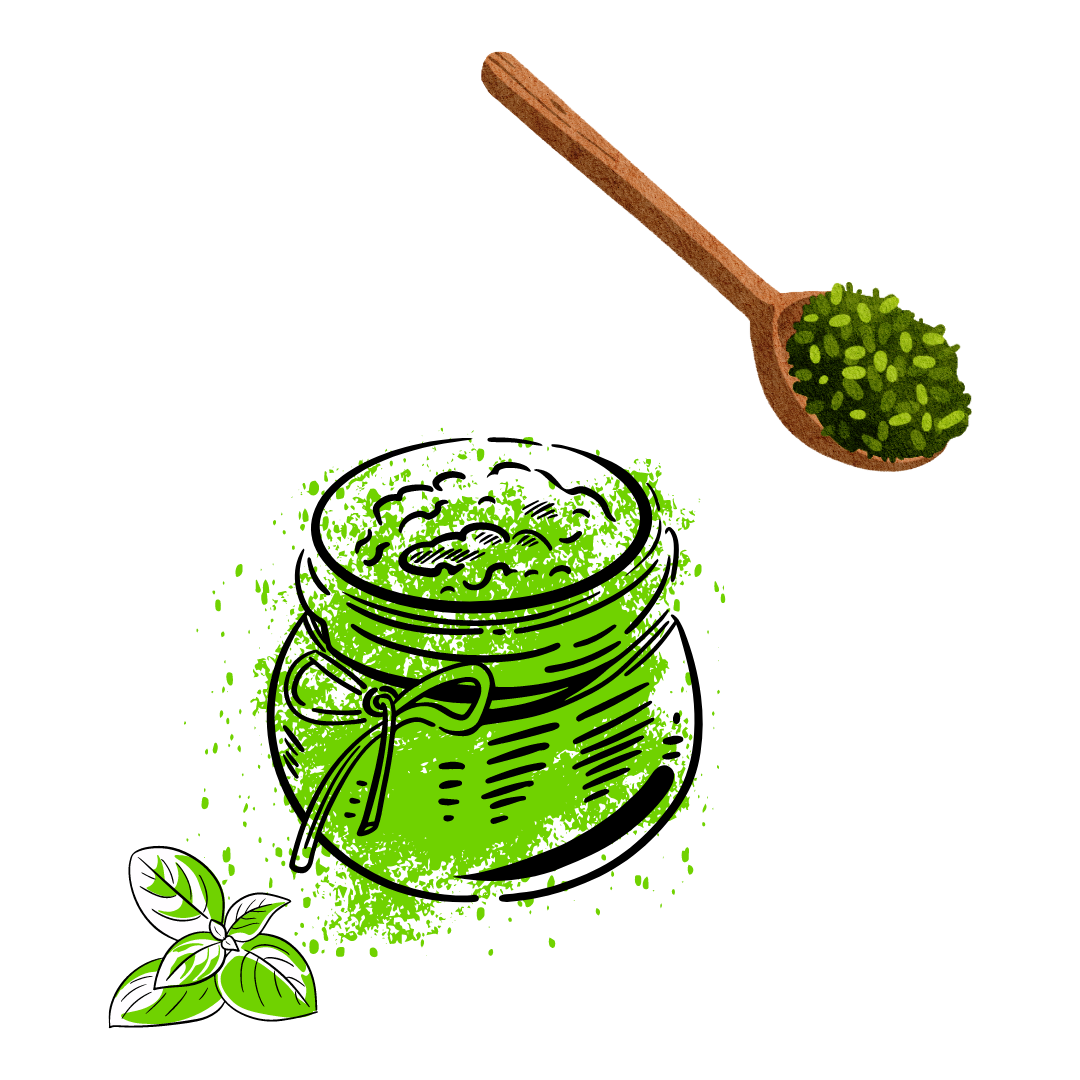
- Pesto Modenese: made with salami, Parmesan, garlic, rosemary, or thyme. It is usually on pizza or bread.
- Pesto Alla Trapanese: Made with basil, tomatoes, almonds, garlic, olive oil, and Parmesan.
- Pesto Rosso: Made with sun-dried tomatoes, almonds, red pepper flakes, rosemary, olive oil, and garlic.
How Healthy is Pesto?
On its own, pesto is a relatively healthy condiment. Let's look at each aromatic ingredient individually:

- Basil: has been used for centuries as an herbal remedy and is rich in vitamins and antioxidants. It has only one calorie per tablespoon.
- Parmesan: is a low lactosucrose, calcium-rich cheese. It may help improve bone health. Parmesan cheese has 22 calories per serving. It’s not bad for you if you eat it in moderation.
- Olive oil: It contains lots of antioxidants and is full of healthy fats. They are vital for a healthy lifestyle. It has about 119 kcal/tbsp.
- Pine nuts: contain high amounts of protein, magnesium, and vitamin e. It has191 119 kcal/tbsp.
- Garlic: has high nutritional value and is low in calories. It contains vitamin B6, vitamin C, and dietary fibers.
You should always consider the healthfulness of sauces when deciding whether to pair them with certain foods. For example, someone who wants to watch his/her carbs might decide to order a chicken pesto bake rather than a pasta pesto.
"What Can I Substitute for Pesto?"
There's nothing quite like pesto made from fresh basil leaves. If you're short on ingredients and don't have enough to create a full batch, mix some chopped basil leaves into an extra virgin olive oil mixture.
How to Make Pesto at Home
You can either use a food processor or a kitchen mixer to blend up your homemade pesto sauce. To make pesto, simply pulverize and combine fresh ingredients. But you'll need a good pesto recipe to ensure your pestos turn out perfectly every single day.
How to Make Pesto with a Mortar and Pestle
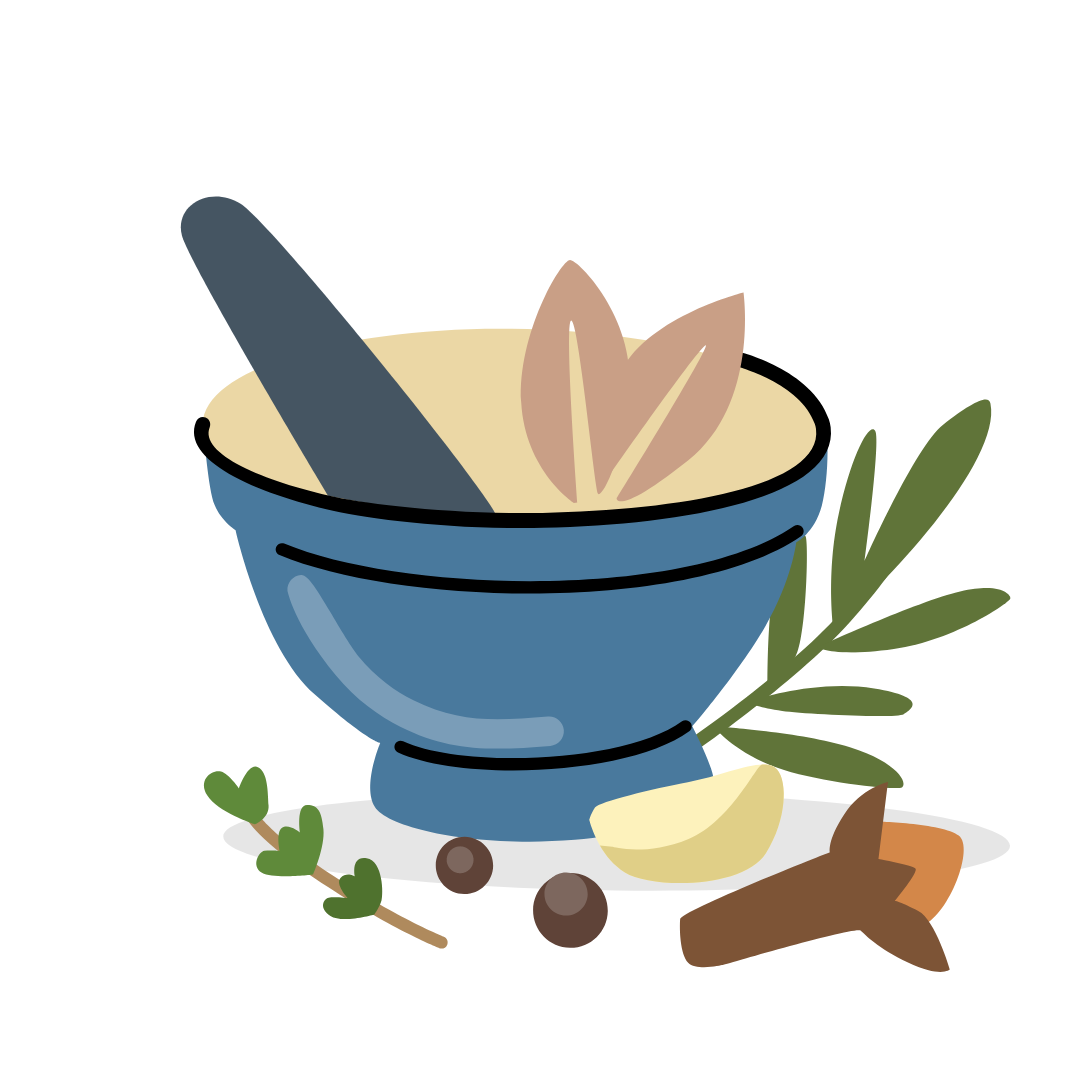
There are lots of recipes for pesto that people say taste better when made by hand, but this recipe has proven itself time and again. It produces a beautiful spread that develops an addictive spiciness. You can taste each ingredient, but when mashed together, they create new and wonderful tastes.
How to Make Pesto with a Blender
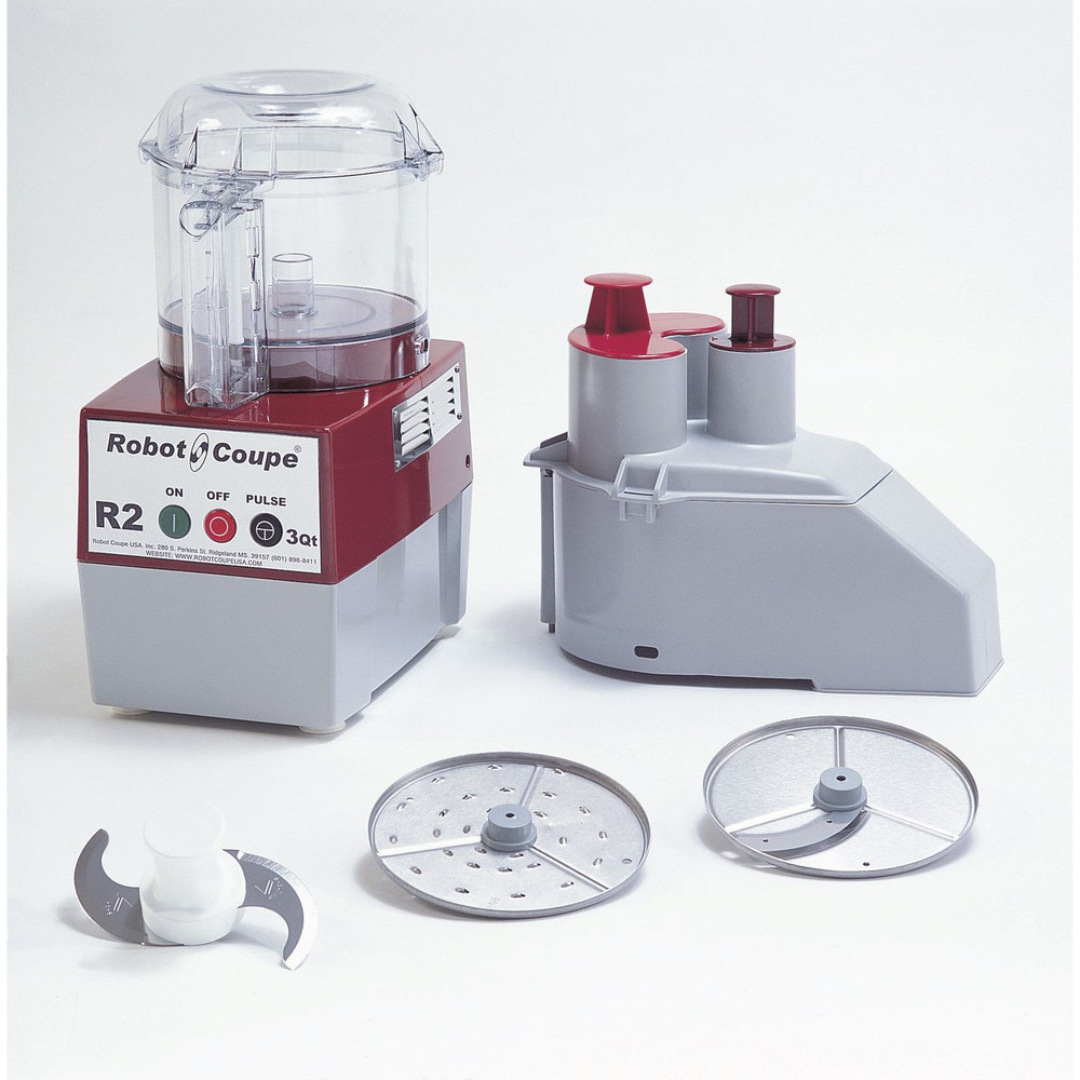
"Basic pesto" is a traditional Italian sauce made with fresh herbs, garlic, and good-quality olive oil. It usually contains no tomatoes. However, this version includes parsnips instead of spinach. You can add some extra grated cheese to the mixture if you want.
Model Featured: Robot Coupe R2N Commercial Food Processor
How to MakeAllergy-Friendly Pesto
If you are allergic to nuts, two cloves of garlic would be great. This gives you a really tasty, bold flavor and pairs well with a sandwich.
How to Store Pesto
How long does pesto last?
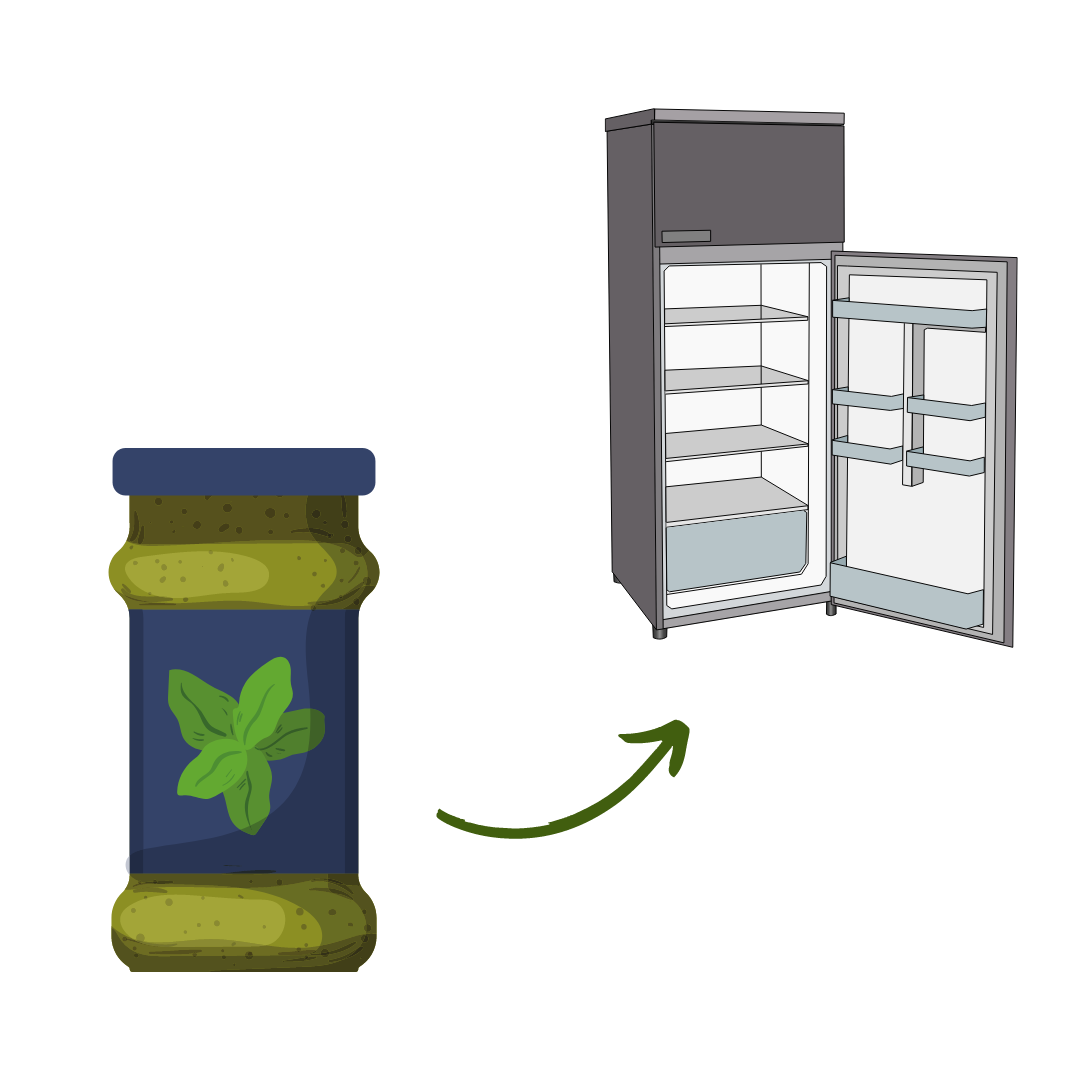
It really doesn't matter whether your pesto is homemade, store-bought, or somewhere in between. You can store homemade pestos for up to five days if they're kept properly in an airtight container in your refrigerator.
If you open a jar of pesto, it may last longer than if you buy fresh pesto from the store because of the preservatives. It's best to stick to the best-by-date and use-by-date labels when buying store-bought sauces. If it doesn't look good or smell good, don't eat it. Regardless of what it says on its label. If in doubt, throw it away.
Freezing Pesto

Of course, you can. You might want to freeze your pestos if you plan to store them for longer than a few weeks. Here's how:
Put the cooled pesto into freezer-proof containers. Freeze it in portions you'll use at once (one serving, half a serving, etc.) so you don't end up wasting any ingredients, and this way, you won't have to thaw out and refreeze all of the pestos every time you want to use them.
Put labels on the bag with the date and amount of each purchase. Freeze for up to four months.
If you need to defrost it, simply put the frozen bag into the refrigerator and leave it there for at least 8 hours.
You may want to freeze some pesto in ice cube tray so that you can use them later when needed.
Ready to Impress?
Impress your customers and even friends and family with your newfound knowledge about this amazing ingredient. In your kitchen, you may want to invest in different quality kitchen equipment for long-term cooking for your restaurant or home.
Here at Culinary Depot, we offer choices perfect for outfitting your commercial kitchen or even at home. Contact us today!

